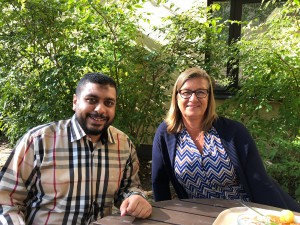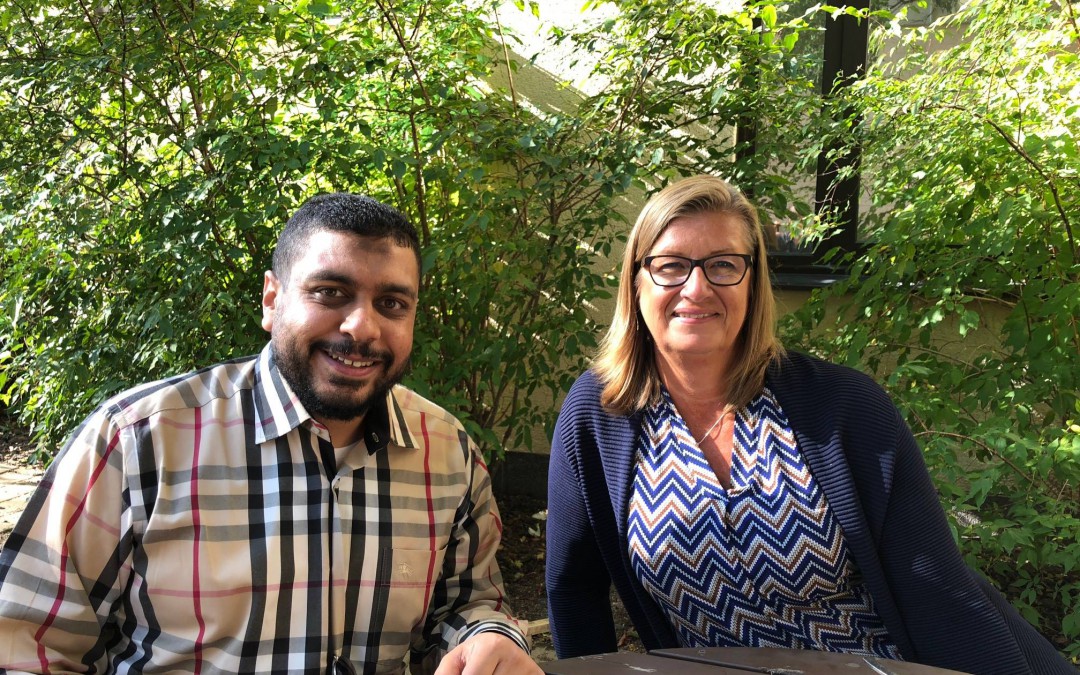 Among many applicants, Dr. Mahmoud Rezk was chosen as our first hybrid imaging fellow in 2018. He was granted a 3-months-fellowship at Umea University (Sweden), under the mentorship of ESHIMT Past-President Prof. Katrine Riklund.
Among many applicants, Dr. Mahmoud Rezk was chosen as our first hybrid imaging fellow in 2018. He was granted a 3-months-fellowship at Umea University (Sweden), under the mentorship of ESHIMT Past-President Prof. Katrine Riklund.
Dr. Rezk finished his PhD thesis in 2017 about the comparison of whole body DWIBS and 18-FDG PET/CT in breast cancer patients. He currently works as lecturer at the Cairo University National Cancer Institute.
We talked to him about his experiences during the fellowship and his motivation to work with hybrid imaging.
Why did you apply for the hybrid imaging fellowship?
Hybrid imaging has been my passion since I completed my doctorate degree and I was searching for something that could satisfy my interest for a sub-specialization in hybrid and molecular imaging. I applied for many fellowships in this field when I was lucky to be the first one to receive this fellowship.
What did you learn during your fellowship?
I am really glad that I was able to work with many aspects of nuclear medicine and various hybrid imaging modalities, focussing on three major learning objectives: Firstly, the imaging techniques; secondly, the preparation and production of pharmaceuticals and tracers; and finally, the reporting system and interpretation according to recent standards and guidelines. I was also successful to create a win-win situation for me and the institute, e.g. by adding my experience to active discussions on daily cases. Additionally, I presented two lectures in order to add more to the interactive participation as well.
Where do you think hybrid imaging is going in the future?
I think it is the future of oncological imaging plus of some non-oncological fields too. Moreover, recent ongoing updates and innovations will add or modify the interpretation in reporting and management of cases.
What would you recommend to others who would like to engage in hybrid imaging?
It will help to join the European Society for Hybrid imaging, as it was my first step, then to follow their webinars and updates as excellent following steps. Additionally, they should follow the journals concerning molecular and hybrid imaging. Finally, it would be amazing if they could join such a fellowship as indeed the clinical practice will enhance the hybrid imaging experience generously.
—
Interested in a fellowship?
In the year 2019, ESHIMT, in partnership with ESOR, will again offer one fellowship position in hybrid imaging. Application will be possible from February 25th – March 11th, 2019.
Read more here:

